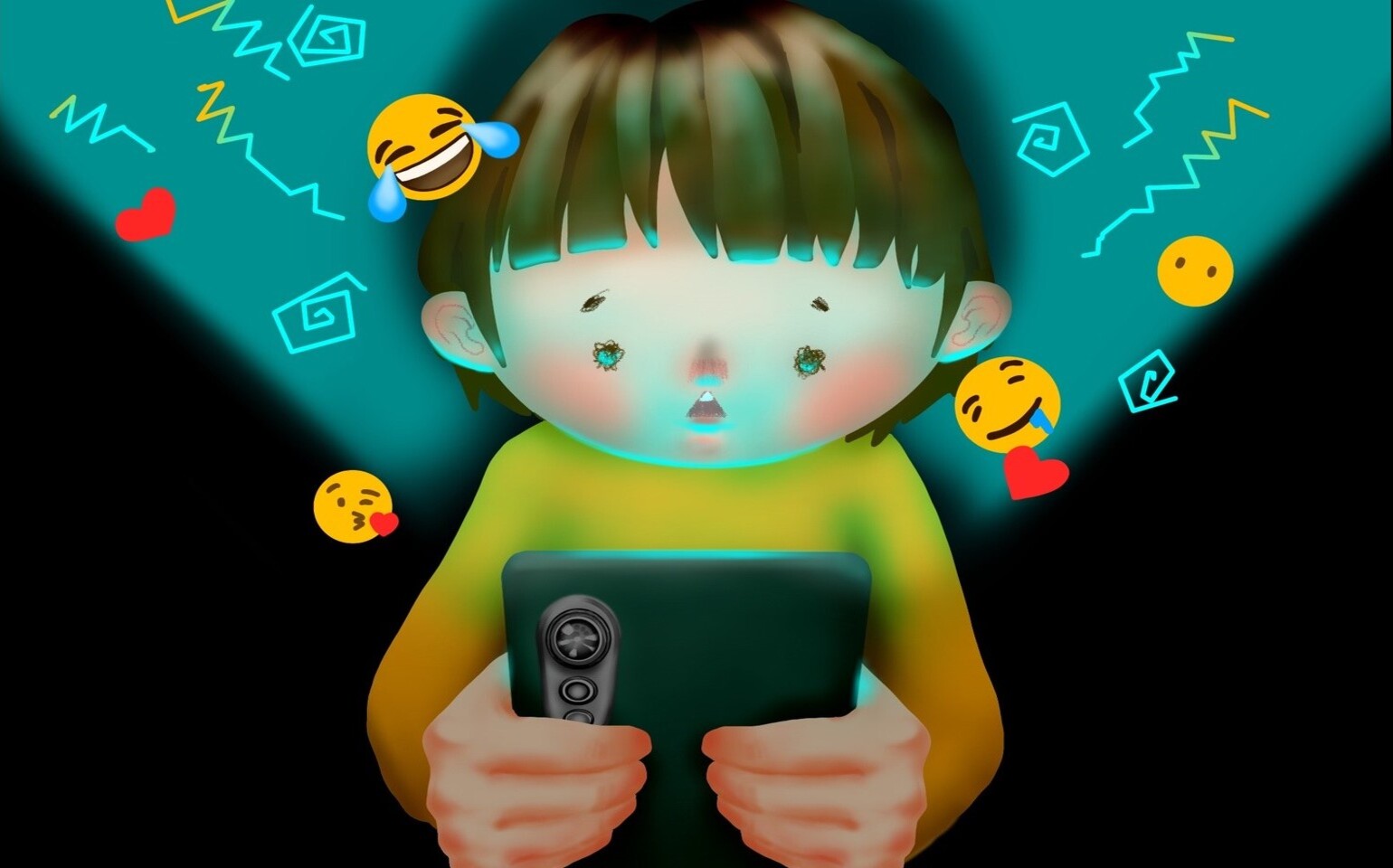
Animal Dissection: Cutting Open the Issue
We all know it. The familiar feeling of dread and queasiness upon walking into the science classroom and seeing the reason for your nausea waiting on a blue tray: an animal dissection. My dissection that day was a cricket, and I didn’t think I could stomach seeing what lay beneath its slimy, brown shell. I did, however, thanks to plenty of deep breathing and eye-closing along the way.
As a fellow high school student and dissector, I’ve felt this feeling of disgust many times at being required to open up a dead animal and examine its insides. I’ve often thought, as many others have: Is dissection the only way?
Animal dissection—which is cutting into a dead animal to learn about the anatomy or physiology of the animal—was introduced to school curriculums in the early 1920s. Today, students are required to dissect animals such as frogs, rats, and even fetal pigs in junior high school and biology courses later on.
The question many have is, though, is the dissection of animals a necessary, ethical, and informative way for high school students to learn?
A major problem with animal dissections is the ethicality. According to Last Chance for Animals (LCA), a non-profit organization that advocates for animal rights, over six million animals are bred and killed for dissection in the industry. Many of these animals suffer greatly before being shipped to schools and dissected. Frogs, which are most commonly dissected by high schoolers, are taken from their homes in the wild and kept in cramped quarters until it is time to be killed for dissection. Does the suffering of these animals outweigh the educational potential? Additionally, supplying these animals for dissection is not cheap. A dead animal can only be dissected once, and afterward must be disposed of. The single-use of these animals means that new supplies are always needed, which costs schools hundreds of dollars every year. Money that could be otherwise invested in more important things for schools, such as technology, is instead being spent on animals.
Dissection does have some positives. Real dissections provide a sensory factor that visual study cannot provide. Most people remember things they can touch or practice doing more than they remember information that they studied. Dissecting an animal in person and touching it can provide an overall better learning experience.
However, you don’t have to choose. There are alternatives to animal dissection that are available to high schools. Apps that portray accurate models of animals and allow students to virtually “dissect” them by tapping certain functions can be downloaded onto school iPads or computers. One of these is Navtek Solutions’ Dissection Lab, a PETA approved app that provides free, interactive frog dissections. There are also licensed apps such as Froguts and DigiGalaxy that provide a wide range of animals for virtual dissection and can be purchased for low prices. Unlike animals, these apps only need to be bought once and can be used for years, reducing waste and money spent. Virtual dissection also has educational benefits. According to an article by Humane Research Australia, a non-profit organization that challenges the use of animal experiments, more than 25 of their published studies have confirmed that students using alternatives learn as well or better than students who use animals (Humane Society International Australia, 2016).
In my opinion, animal dissection, even though it may be disgusting to do, can provide an unparalleled hands-on learning experience. However, I think that in the light of apps that provide animal dissection alternatives, there is no reason that we should be performing on animals if the learning benefits are the same. Reducing unnecessary animal deaths, especially when this helps save money for important things in schools is something I think that we should strive to achieve.
In the end, animal dissection is something every student will one day take part in. While virtual alternatives are a helpful resource that reduces animal deaths, not many schools in Canada utilize it. Perhaps one day all schools will use this alternative. The question is, will we play a part in this future change?



